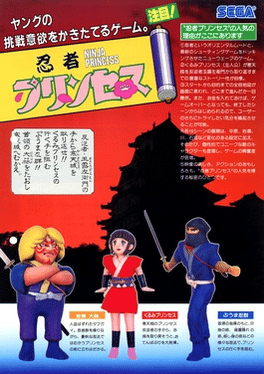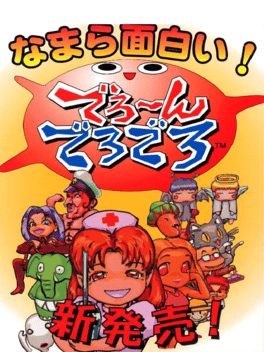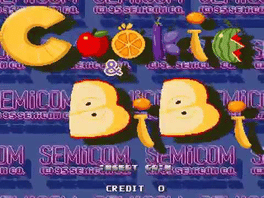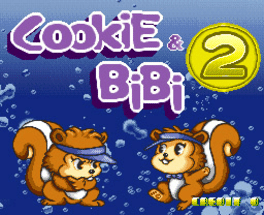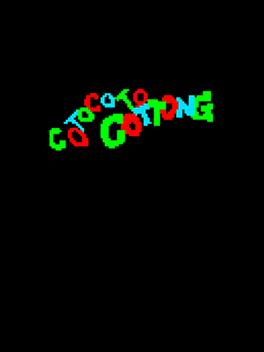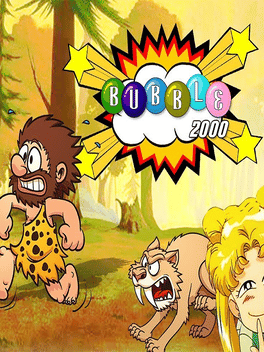Most Popular Arcade Games - Page 137
-
Toy Fighter
1999
Toy Fighter
1999
Toy Fighter is a Sega NAOMI versus fighting game released in 1999. Plans were supposedly put in place to release this game on the Sega Dreamcast, though were shelved for unknown reasons. -
Sega Ninja
1986
Sega Ninja
1986
Ninja Princess opens with a short cutscene of the princess Kurumi getting carried away in a palanquin - her castle Kanten has been seized by the traitor Zaemon Gyokuro, who obviously wants to get rid of her. But she escapes, transforms into a kunoichi and sets out to regain her home. Even though it's basically all about running around killing people with knives, Ninja Princess clearly wants to be a girly game. Everything is bright and colorful with cartoon-like proportions, and when Kurumi gets hit by an enemy, she just sits on the floor and starts crying. It's hard to resent the game its stereotyping, though, cause it's just cute as a button - no surprise here, after all the graphics were designed by Flicky artist Yoshiki Kawasaki and Reiko Kodama of Phantasy Star fame. -
Deroon DeroDero
1995
-
Desert Assault
1992
Desert Assault
1992
Desert Assault (known in Japan as Thunder Zone is a 1991 run and gun arcade game by Data East. In this arcade game, up to four players control four soldiers holding machine guns and other projectile weapons, while fighting their way through the terrorist arsenal to take control of the Persian War. -
Diamond Run
1989
-
Boardwalk Casino
1983
-
Bomb Kick
1998
-
Bone Crusher
1985
-
Cookie & Bibi
1995
-
Cookie & Bibi 2
1996
-
Coors Light Bowling
1989
-
Cotocoto Cottong
1982
Cotocoto Cottong
1982
Players manipulate a four-way joystick and a Speed button to control the direction and acceleration of their train as it rumbles down the track to the tune of "I've Been Working On The Railroad". The basic idea is to keep from running off the track. To get really big scores, though, players must drive locomotives into the passenger stations and pick up the waiting strap-hangers. There is even a bonus station that can only be reached during a limited time period. The faster the player gets to the special station, the more bonus points he or she collects (from 1000 to 5000). -
Country Club
1988
-
Breywood
1986
-
Bubble 2000
1998
Bubble 2000
1998
Adults Only. This is a Tetris type game that requires the player to shoot colored balloons at existing balloons on the screen with the object of matching colors. Once a level is cleared, a nude image of a woman will appear on the screen. -
Buzzard
1984
-
Bygone
1985
Bygone
1985
An innovative and fun platform game. The player controls a small blue Slinky robot, jumping while adhering and moving through a series of natural platforms levels and must eliminate different kinds of enemy creatures and catch special robotics parts to become different types of robot, always with the possibility once transformed of returning it to its bygone form and try different combinations of transformation, to reach higher zones and defeat the boss, a stone monster that must be shoot several times in his eye without touch it, to go to next levels. -
Chanbara
1985
-
Chance-kun
1982
-
China Gate
1988

